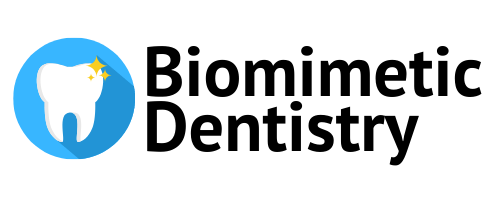Pilo R1, Ben-Amar A2, Barnea A3, Blasbalg Y3, Levartovsky S2.
Author information:
1Department of Oral Rehabilitation, The Maurice and Gabriela Goldschleger School of Dental Medicine, Tel Aviv University, Tel Aviv, 6997801, Israel. rafipilo@gmail.com.
2Department of Oral Rehabilitation, The Maurice and Gabriela Goldschleger School of Dental Medicine, Tel Aviv University, Tel Aviv, 6997801, Israel.
3School of Dental Medicine, Tel Aviv University, Tel Aviv, 6997801, Israel.
Abstract
OBJECTIVE:
The aim of the current study was to examine the shear punch strength (SPS) of high-strength glass ionomer cements (HSGICs) in relation to coating applications and duration of coating.
MATERIALS AND METHODS:
I-Ninety specimens each of Fuji IX GP Fast (FIX Fast), Ionofil Molar AC (IM), Riva Self Cure (R) and Ketac Molar (KM) were prepared and divided into uncoated and coated groups, sub-divided into three sub-groups and incubated for 24 h, 1 week or 8 weeks (distilled water, 37 °C) before SPS. II-Ninety specimens each of uncoated and coated Fuji IX GP Extra were similarly prepared, divided into six sub-groups and incubated for 2 h, 24 h, 1 week, 1 month, 2 months or 3 months (artificial saliva, 37 °C) before SPS. Another 90 specimens were coated for 2 h, 24 h, 1 week, 1 month or 2 months, after which the coating was removed. Specimens were re-incubated in artificial saliva until the end of the 3-month period and then subjected to SPS.
RESULTS:
None of the materials gained extra strength when coated. Uncoated KM, IM (at all times) and FIX Fast (at 24 h) were stronger. Fuji IX GP Extra achieved 11.5 MPa after 2 h, which increased to 56.7 MPa after 24 h. The highest strength after 3 months was achieved when the coating was retained for 2 h (71.7 MPa).
CONCLUSION:
A resin coating will not positively affect the SPS of HSGICs.
CLINICAL RELEVANCE:
There is no need to protect HSGICs from water to gain extra strength unless the coating is retained for 2 h.
PMID: 27262457 [PubMed – as supplied by publisher] 1. Clin Oral Investig. 2016 Jun 4. [Epub ahead of print]
